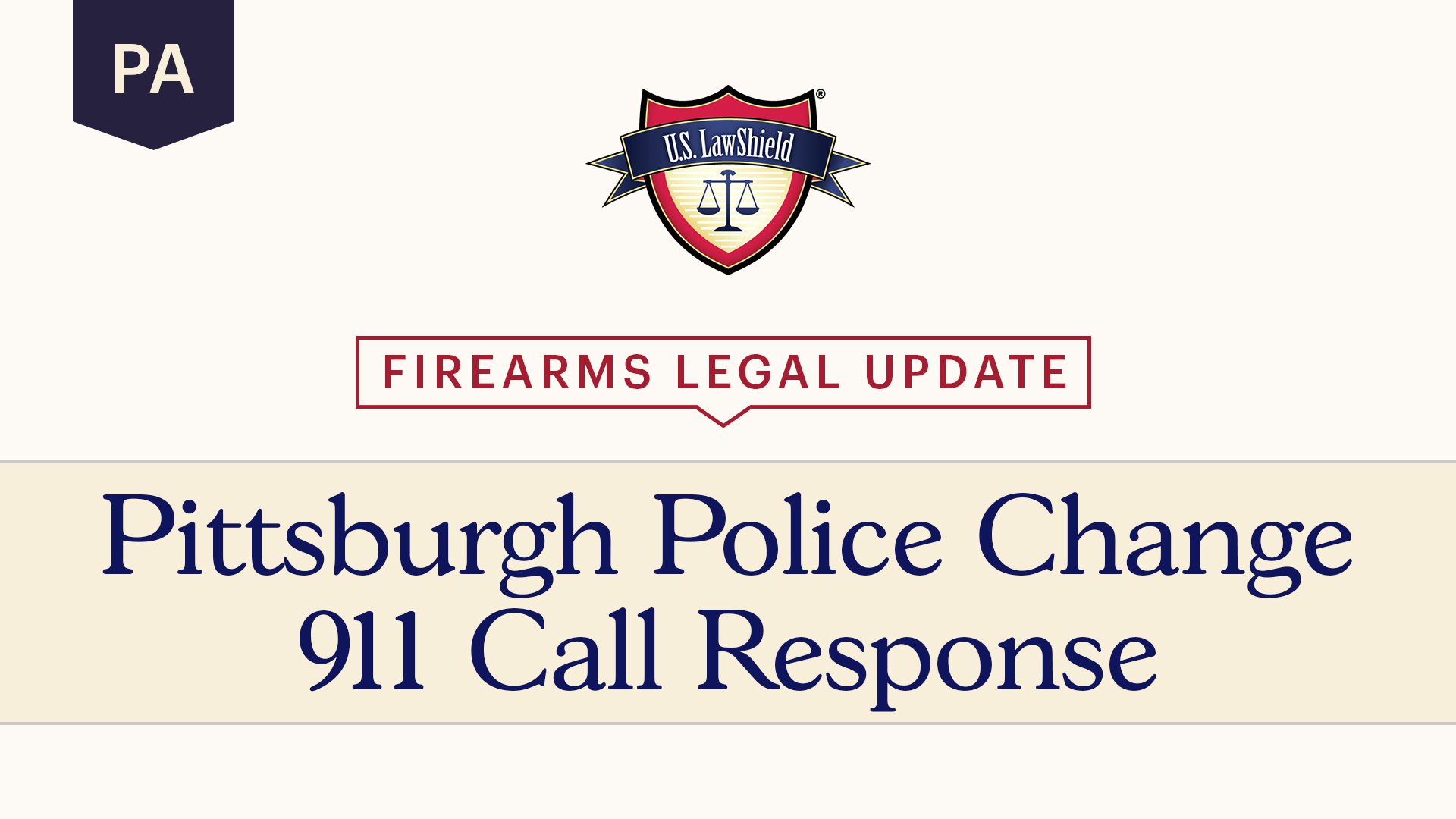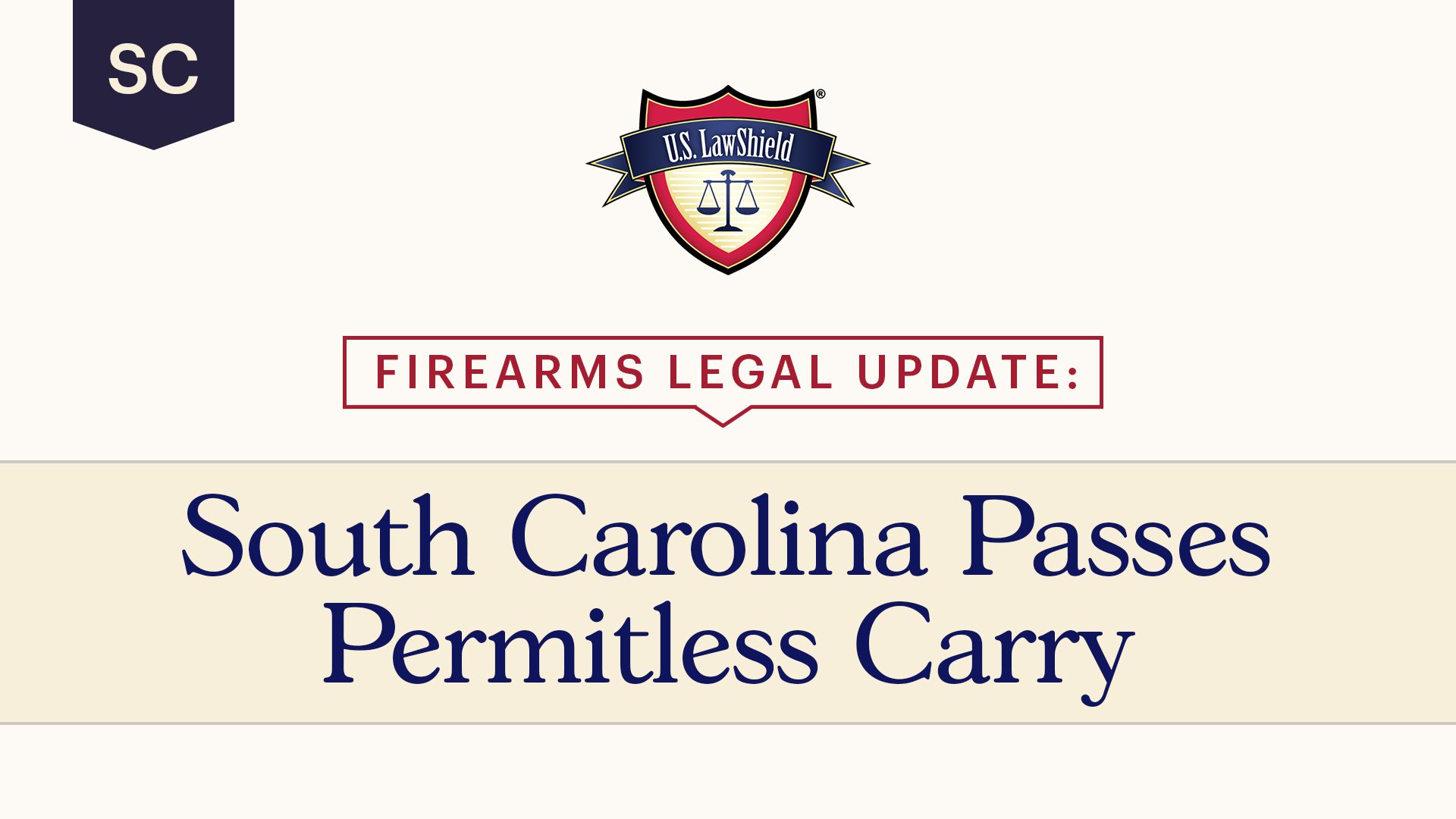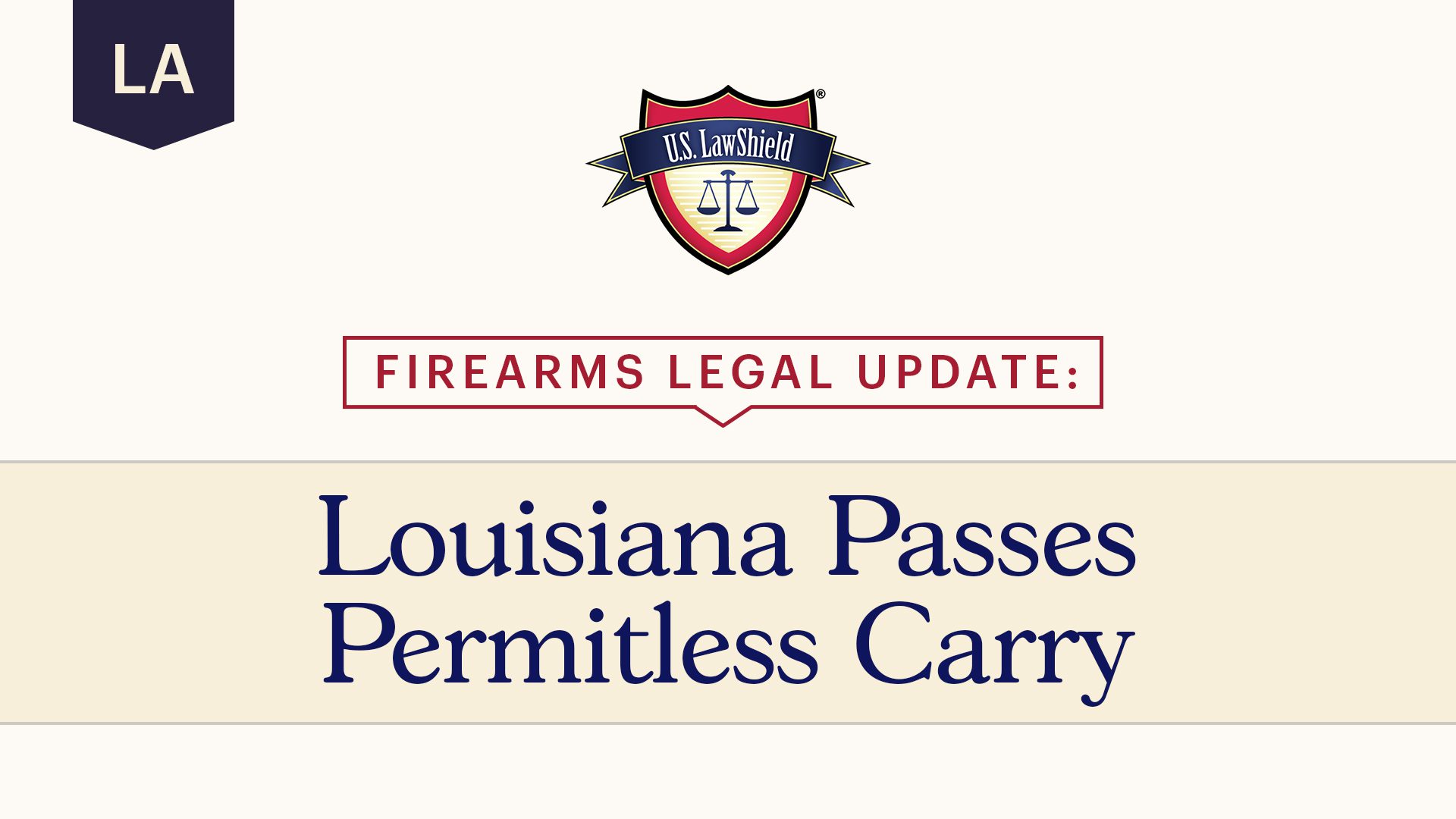The following is a video transcript.
There are many mistakes a gun owner can make, but today we’re going to discuss three of the most common mistakes that could land a gun owner in legal trouble.
Transfers to Out-of-State Residents
Number one: Face-to-face transfers to out-of-state residents. Federal law prohibits the face-to-face transfer of a handgun to someone who is a resident of a different state, even if they are temporarily in your state. Unfortunately, you simply cannot legally give, sell, or in any way transfer a handgun to a resident of another state in a face-to-face transaction.
Any transfer of a handgun across state lines must be done through a Federal Firearms Licensee, or “FFL.” The receiver of the firearm must take possession of it from an FFL in their state. Even though the element of surprise is great when giving gifts, in the case of handguns, it is not worth the risk. If a handgun is transferred between parties that live in different states directly, both parties are guilty of a federal felony, punishable by up to five years in prison and up to a $5,000 fine. This applies even if it is between close family members or friends.
Not Reporting a Self-Defense Incident
Number two: Not reporting an incident of self-defense. The next mistake I want to discuss occurs after you are in a situation where you are forced to defend yourself. A road rage situation is a great example.
We often speak to gun owners after they have displayed a firearm to diffuse a road rage situation. Unfortunately, they are calling us because the police have shown up at their home, because the other driver called the police. If you are ever in a situation where you must draw a weapon, even if you do not fire it, it is important you call the police first and report that you were the victim of a crime and forced to defend yourself. Often the police act on the statement of the first person to call.
If the other driver calls the police and says they were in a road rage incident with you, and you pulled a firearm on them, the police will show up in force, with guns drawn, to arrest you, especially if you have not called and reported the incident. They will assume you were the aggressor and believe the other party’s version of events. If you are in a road rage situation or any self-defense incident, once safe to do so, call the police immediately and report that you have been the victim of a crime.
As a side note, almost all road rage incidents I’ve seen can be resolved without the display or use of a firearm. You should never display your firearm unless you are in a situation where you must use it to neutralize a threat of death or great bodily injury. Pulling a gun during a road rage incident is generally a bad idea, unless the situation escalates into a deadly-force situation.
Ignoring Firearm Safety Rules
Number three: Ignoring firearm safety rules. Always approach every gun as though it is loaded, even if you believe you unloaded it. Too many times we speak with gun owners who had an accidental or negligent discharge of their weapon. Sometimes they are cleaning their firearm, and other times handling it or showing it to a friend.
We have spoken to too many people who have shot their child, spouse, or friend because they believed the gun was empty, when it was not. In that regard, also remember your finger should never be on the trigger, unless you intend to destroy what is in front of the barrel of your gun. Practice good trigger discipline and keep your finger off the trigger until you intend to pull it. Following this advice will keep you from making one of these three dangerous and costly common firearm mistakes.
If you have any questions about firearm law, call U.S. LawShield and ask to speak to your Independent Program Attorney. We look forward to speaking with you.





What do you immediately after someone stolen your fun licensee